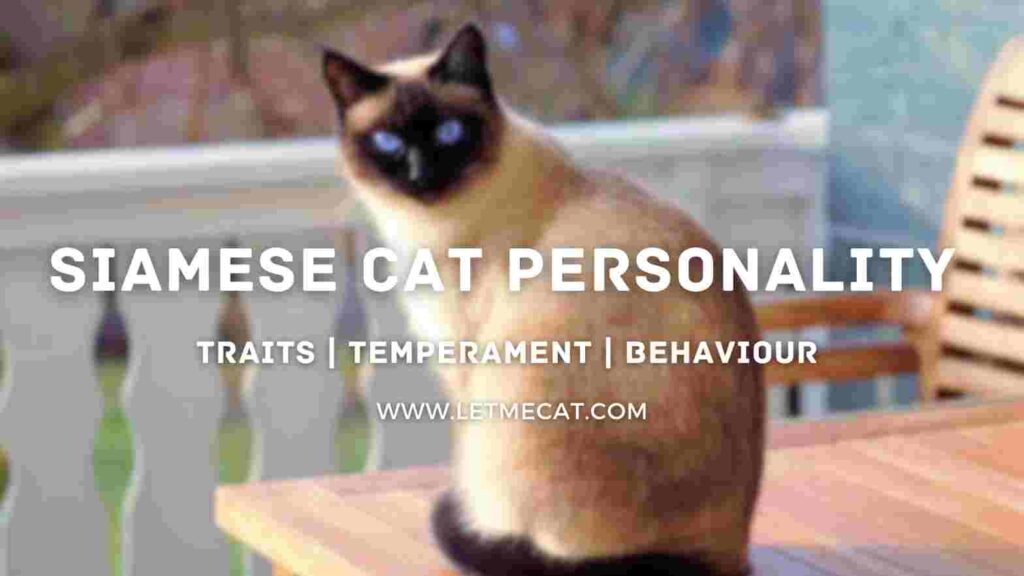Cats are curious creatures by nature, and it’s not uncommon for them to chase and catch small animals like lizards. While it may seem harmless, this behavior can pose risks to both your cat and the lizards. If you’re concerned about your feline friend’s lizard-hunting adventures, this article will provide you with effective strategies to prevent your cat from eating lizards and promote their safety.
1. Understanding the Reasons Behind Cat Lizard Interaction
1.1. Cats and Their Natural Hunting Instincts
Cats have an innate hunting instinct that drives them to chase and capture small prey. This behavior is a reflection of their predatory nature and is deeply ingrained in their instincts.
1.2. The Attraction of Lizards
Lizards, with their quick movements and scaly appearances, can be particularly enticing to cats. Their darting motions trigger the hunting instincts of felines, making them irresistible prey targets.
2. The Dangers of Lizard Consumption for Cats
2.1. Poisonous Lizards
Certain species of lizards, such as the Gila monster or the blue-tongued skink, are venomous and can cause harm to cats if ingested. Ingesting a venomous lizard can lead to poisoning and potentially life-threatening consequences.
2.2. Parasites and Disease Transmission
Lizards can carry parasites and diseases that can be transmitted to cats through ingestion. These parasites, such as ticks, fleas, or intestinal worms, can pose health risks to your feline companion.
3. Strategies to Prevent Cat-Lizard Interactions
3.1. Indoor Cat Enrichment
Keeping your cat mentally stimulated and physically engaged indoors can reduce its desire to hunt lizards. Provide them with interactive toys, scratching posts, and vertical climbing structures to keep them entertained.
3.2. Creating a Lizard-Free Yard
If you have an outdoor space, make it less inviting for lizards by eliminating their hiding spots. Trim tall grass, remove debris, and seal any gaps or cracks where lizards might seek refuge.
3.3. Using Deterrents and Repellents
There are various deterrents and repellents available in the market that can discourage lizards from entering your property. These products emit scents or produce ultrasonic sounds that are unpleasant for lizards, deterring them from the area.
4. Training Your Cat to Avoid Lizards
4.1. Positive Reinforcement Techniques
Training your cat to associate lizards with negative experiences can be an effective way to prevent their hunting behavior. Use positive reinforcement techniques, such as treats or praise, when your cat shows disinterest in lizards or refrains from chasing them.
4.2. Distraction and Diversion Techniques
When you notice your cat focusing on a lizard, divert their attention with a toy or a game that captures their interest. Engaging your cat in playtime can redirect their hunting instincts and provide them with a healthier outlet.
4.3. Interactive Play and Toys
Provide your cat with interactive toys that simulate hunting experiences. These toys can keep your cat entertained and mentally stimulated while redirecting their natural hunting behavior away from lizards.
5. Monitoring and Supervising Outdoor Time
5.1. Controlled Outdoor Access
Consider providing your cat with controlled outdoor access using enclosures or catio systems. These structures allow your cat to enjoy the outdoors while preventing direct contact with lizards and other potential hazards.
5.2. Supervised Encounters
If you allow your cat to roam freely outdoors, supervise their activities closely. Keep an eye out for any interactions with lizards and intervene if necessary. Leash training can also be an option for outdoor adventures while maintaining control over your cat’s movements.
6. Seeking Professional Help
6.1. Consultation with a Veterinarian
If your cat’s lizard-hunting behavior persists despite your efforts, consult a veterinarian. They can evaluate your cat’s health and provide tailored advice and solutions to address the issue.
6.2. Behavior Modification Programs
In severe cases, behavior modification programs conducted by animal behaviorists or certified trainers can be beneficial. These professionals can design specific training protocols to help modify your cat’s behavior and discourage lizard hunting.
Conclusion
Preventing your cat from eating lizards is crucial for the safety and well-being of these small reptiles. By understanding the reasons behind cat-lizard interactions and implementing effective strategies such as indoor enrichment, training, and supervised outdoor time, you can reduce the likelihood of your cat hunting lizards. Remember, seeking professional help is always an option if you encounter difficulties in managing your cat’s behavior.


Pingback: [Solutions] How To Stop Your Cat From Pooping On The Floor? - Let Me Cat